Photograph by Jeff Johnson
You remember those photographs that remain etched in your mind and leave you wondering how can you create such an image?
The usual thought is, what you need to add to your work, what fancy tricks do you need to learn?
Look through your favorite photographer’s work and you’ll find the power is in what they didn’t put in the frame or image. Yes, it’s what you don’t see thats is often the secret sauce.
Here’s something I ran across yesterday in The Five C’s of CINEMATOGRAPHY, a classic book by Joseph V. Mascelli (it’s loaded with great tips for still photographers too, I recommend that you add it to your library.)
“The secret of good composition can be explained in one word: simplicity. A complicated or cluttered composition, even though it obeys all rules of good composition, will not be as effective as a simple one. Simplicity does not imply starkness. A simple composition is economical in use of line, form, mass and movement; includes only one center of interest; has unified style which harmoniously integrates camera angles lighting, tonal and color values.
“The test of good composition is whether anything can can be removed from the picture without destroying its effectiveness. Any element in the frame not required for story-telling purpose, attracts unwarranted audience attention. Such distracting pictorial elements may steal the scene from principal subject matter. A simple composition is immediately recognizable and readily assimilated by the audience. The viewer should not have to search the framed area to discover the shot’s meaning. This is most important in motion pictures, which are series of individual scenes. A person may study a still photograph until he is satisfied that he comprehends it. A movie scene appears for a limited time, and is then removed. Confusing or puzzling compositions irritate the viewer, and may cause him to lose interest.
“Simplicity does not depend on the number of scenic elements; or the area included in the picture. A table-top shot depicting half a dozen objects may present a cluttered composition; while an extreme long shot of an advancing army may convey a unity of force and power immediately recognizable, because of its simplicity. If a vast number of compositional elements must be photographed, they should be harmoniously grouped.”
I’d love to see examples of how you have or can apply this to your photography, and how you’ve been able to make it work for you, put your image in our Photo critique group and let us have a look.

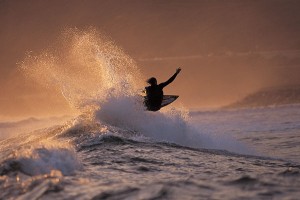
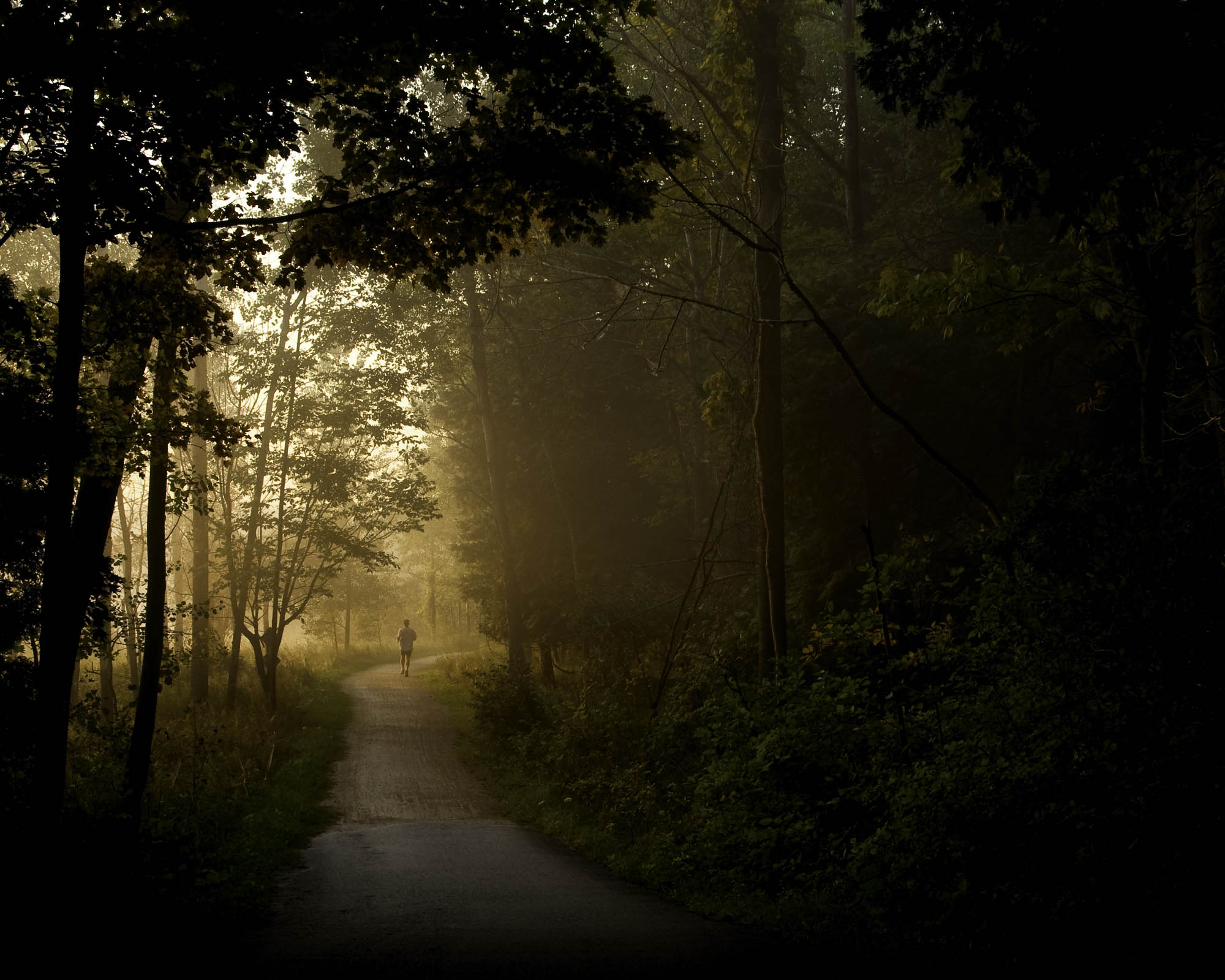
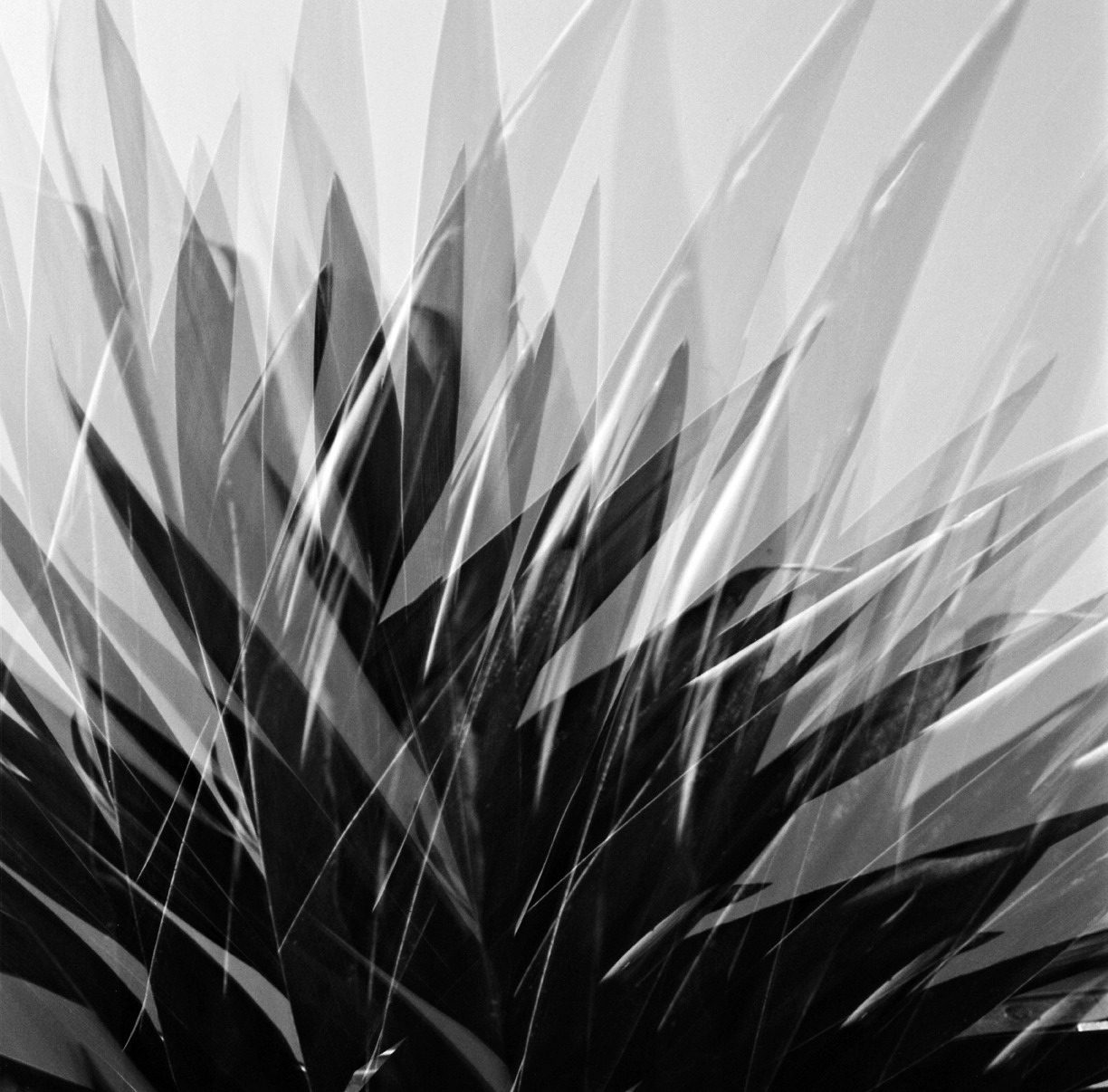
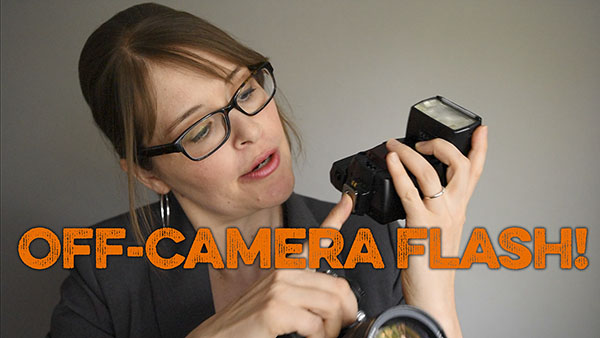
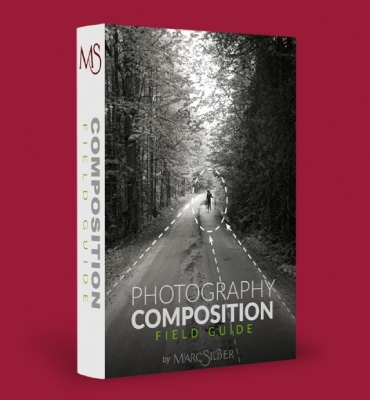
I couldn’t agree with you more on that one. I happen to be reading Bruce Barnbaum “The Art of Photography”, which corroborates simplicity also.